Does excavator gripper work?
Excavator gripper has proven to be an exceptionally effective attachment that significantly enhances excavator functionality across numerous industrial applications. These specialized tools transform standard excavators into versatile material handling machines capable of grasping, lifting, sorting, and precisely placing various materials. Field testing has demonstrated productivity increases of 30-45% when using appropriate grippers compared to traditional excavator buckets for material handling tasks. These attachments excel in applications ranging from demolition debris sorting to precision pipe placement, forestry material handling, and railway maintenance operations. Its effectiveness is further enhanced through specialized jaw designs tailored to specific materials and operational requirements.
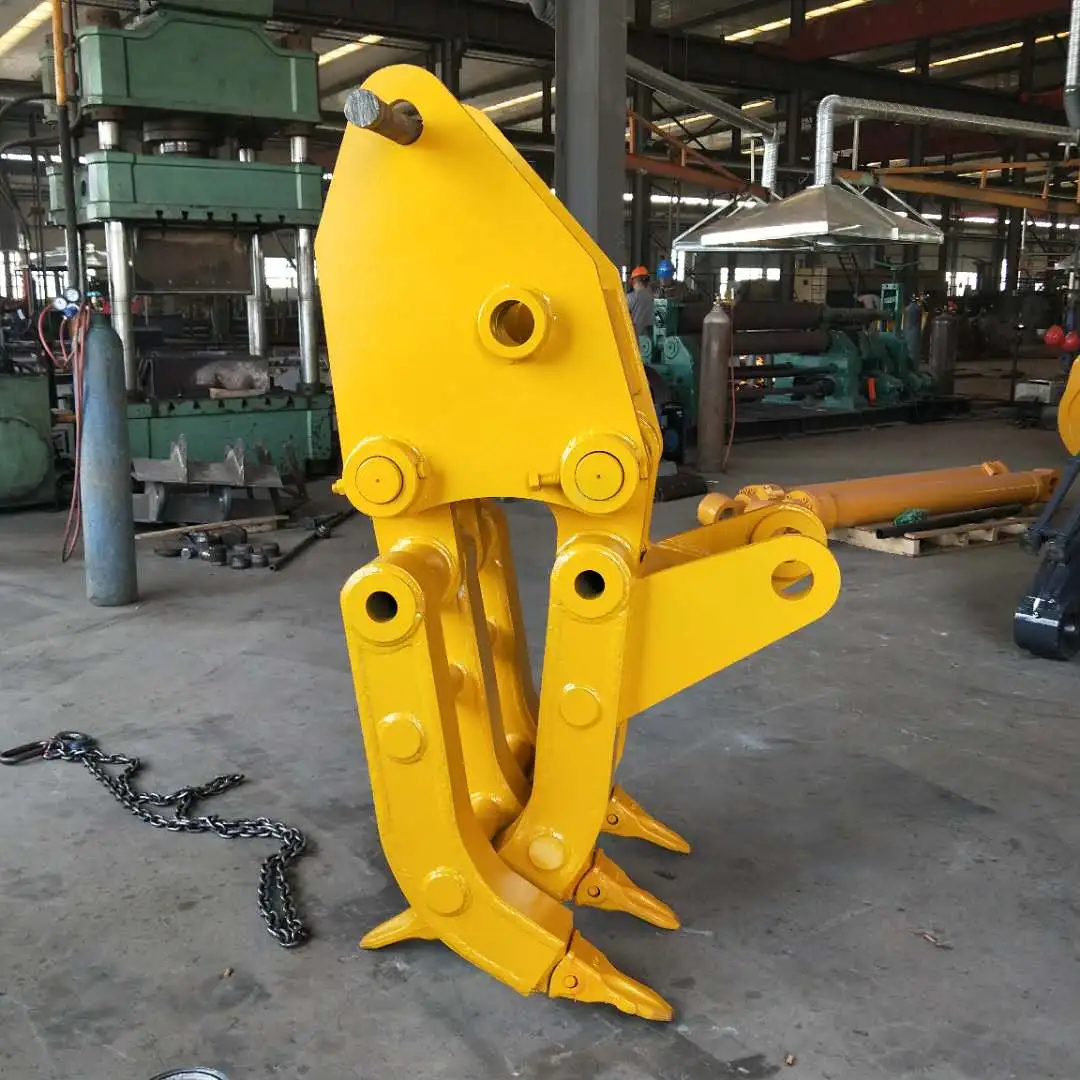
Increased Efficiency
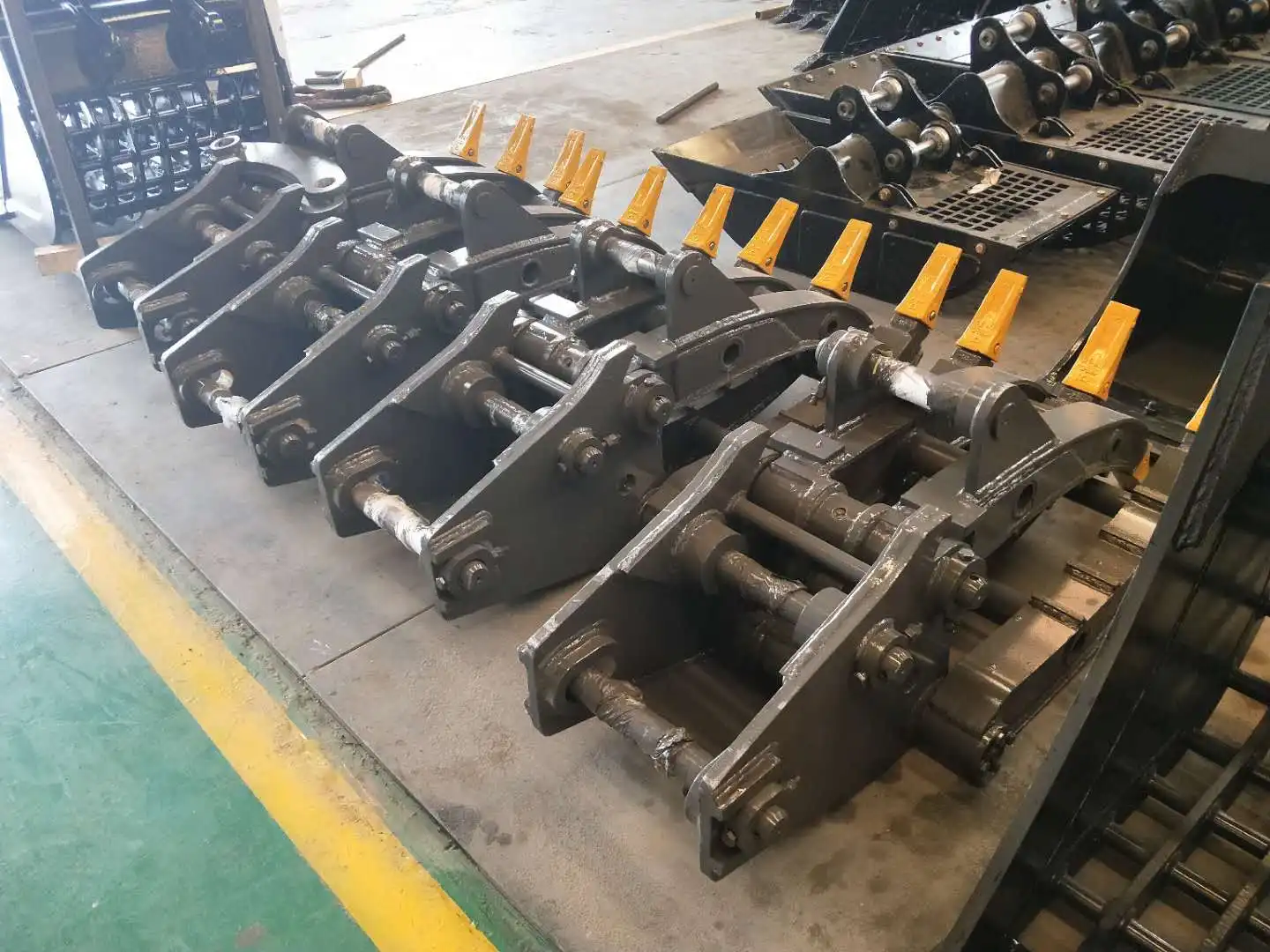
Reduced Handling Time
The implementation of an excavator gripper in construction and industrial operations delivers substantial time savings through streamlined material handling processes. Traditional excavation methods often necessitate multiple handling stages—excavation with a bucket, material transfer to staging areas, and subsequent rehandling for loading or placement. In contrast, grippers allow direct handling from source to destination, eliminating intermediate steps that consume valuable production time. This direct handling capability has demonstrated cycle time reductions of 20-35% in controlled studies across various material handling applications.
In demolition operations, grippers enable immediate sorting of materials during the demolition process, separating recyclable components from general waste without the need for ground personnel to perform manual sorting. This integrated approach reduces the total project timeline while simultaneously increasing material recovery rates. Similar efficiency gains manifest in pipe installation projects, where grippers can lift, transport, and precisely place pipe sections in a single operation that would traditionally require multiple equipment movements and manual guidance.
Time utilization studies conducted on active construction sites reveal that excavators equipped with appropriate gripper attachments maintain higher productive utilization rates—typically 65-75% compared to 50-60% for conventional bucket operations. This improved utilization stems from reduced idle time during material transfers and decreased need for repositioning between tasks. The cumulative effect of these time savings translates directly to accelerated project completion schedules and improved return on equipment investment.
Precision Material Handling
The excavator gripper brings unprecedented precision to material handling tasks that directly impacts operational efficiency. Unlike bucket excavation, which relies on gravity and containment for material control, grippers maintain positive mechanical grip throughout the handling cycle. This continuous control enables placement accuracy within centimeters—a level of precision unattainable with conventional attachments. Such exacting placement capability particularly benefits infrastructure projects where alignment tolerances dictate installation quality.
In precast concrete installation operations, grippers facilitate single-operator placement of elements weighing several tons with positioning precision sufficient to align connection points without supplemental adjustment. This capability eliminates the need for multiple workers to guide components into position manually, reducing labor requirements while improving placement accuracy. Similar precision benefits extend to natural stone handling in landscaping applications, where aesthetic arrangements require careful positioning of irregularly shaped elements.
Versatility
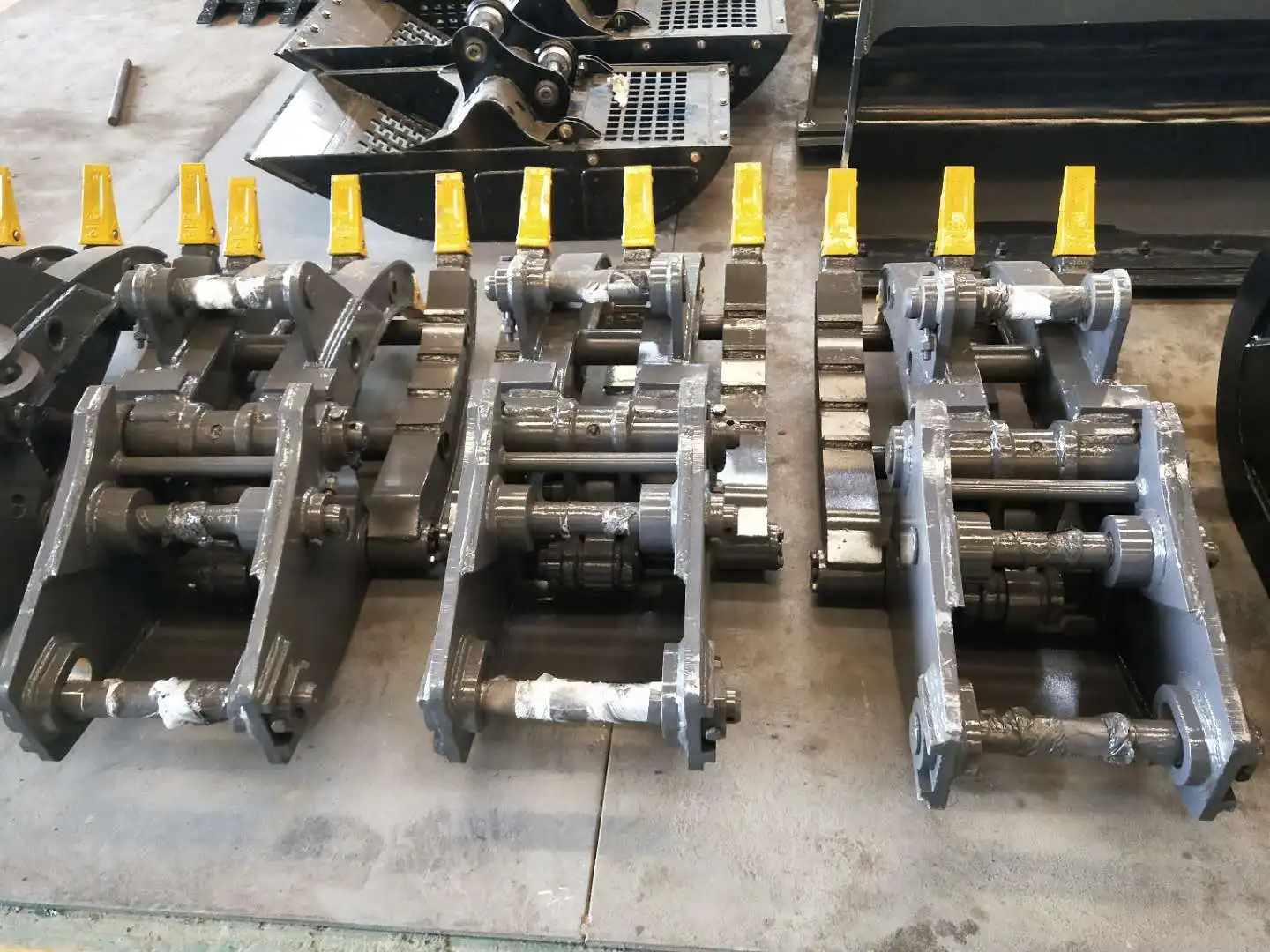
Multi-Material Handling Capability
The remarkable adaptability of the excavator gripper across diverse material types constitutes one of its defining advantages. These attachments successfully manipulate materials ranging from irregular demolition debris to precisely manufactured components with equal effectiveness. In recycling operations, a single gripper efficiently handles materials as diverse as scrap metal, concrete sections, wooden structural elements, and mixed construction waste. This versatility eliminates the need for attachment changes between handling different materials, maintaining continuous productivity throughout shifting operational requirements.
The gripper's adaptability extends to accommodating varying material densities—from lightweight vegetation in land-clearing operations to dense stone products in quarrying applications. This wide operational range derives from adjustable hydraulic pressure systems that modify gripping force based on material characteristics. Advanced models incorporate pressure sensors and programmable controllers that automatically optimize gripping force based on material resistance, preventing both insufficient grip and material crushing.
Material size versatility represents another significant advantage, with modern grippers effectively handling objects from small pipe sections measuring just inches in diameter to massive concrete structures weighing several tons. This size range flexibility stems from jaw designs optimized for specific application profiles. Wide-opening jaws with extended reach serve forestry and land-clearing operations, while specialized narrow-profile designs excel in operations requiring access to confined spaces or precise placement between existing structures.
Cross-Industry Applications
The utility of excavator grippers transcends traditional construction applications, finding productive roles across numerous industry sectors. In railway maintenance operations, specialized grippers handle track sections, ties, and ballast materials with precision that significantly reduces track downtime during replacements or repairs. The ability to grasp and precisely position pre-assembled track sections accelerates installation while reducing manual handling requirements that traditionally present safety hazards in this sector.
Forestry operations benefit from grippers specifically designed for vegetation management, featuring extended tines that maximize material volume while allowing soil and debris to sift through during handling. These specialized attachments efficiently clear undergrowth, collect felled timber, and process vegetation for mulching or disposal. The controlled handling capabilities prevent ground disturbance that might otherwise increase erosion risk or damage sensitive root systems of preserved vegetation.
Waste management applications demonstrate another cross-industry implementation, with grippers facilitating efficient sorting operations at transfer stations and landfills. These attachments enable operators to identify and extract recoverable materials from mixed waste streams, improving recycling rates while reducing processing costs. The ability to manipulate bulky items such as appliances, furniture, and construction debris enhances processing efficiency while keeping workers at safe distances from potentially hazardous materials.
Adaptability To Environmental Conditions
Modern excavator grippers maintain operational effectiveness across extreme environmental conditions that would impair or prevent alternative handling methods. In underwater applications, specially sealed grippers function at depths exceeding 50 feet, supporting bridge foundation work, pipeline installation, and harbor maintenance. These marine variants incorporate additional sealing on hydraulic components and corrosion-resistant materials that withstand sustained exposure to water, particularly in saltwater environments that rapidly degrade standard attachments.
Extreme temperature adaptability represents another environmental advantage, with specialized arctic versions operating effectively at temperatures as low as -40°F through the implementation of specialized hydraulic fluids, seals designed for extreme cold, and heating elements that maintain hydraulic system functionality. At the opposite extreme, heat-resistant variants withstand the elevated temperatures encountered in steel mill operations, demolition of recently burned structures, and other high-temperature applications through the incorporation of thermal barriers and specialized lubricants.
Dusty, abrasive environments such as quarries, cement plants, and demolition sites present particular challenges for hydraulic equipment, yet properly specified grippers maintain functionality through enhanced filtration systems, hardened sealing arrangements, and abrasion-resistant materials at wear points. These design adaptations extend operational life while reducing maintenance requirements in conditions that rapidly degrade standard hydraulic components. This environmental adaptability ensures continuous productivity across seasonal changes and specialized work environments that would otherwise require equipment substitution.
Improved Safety
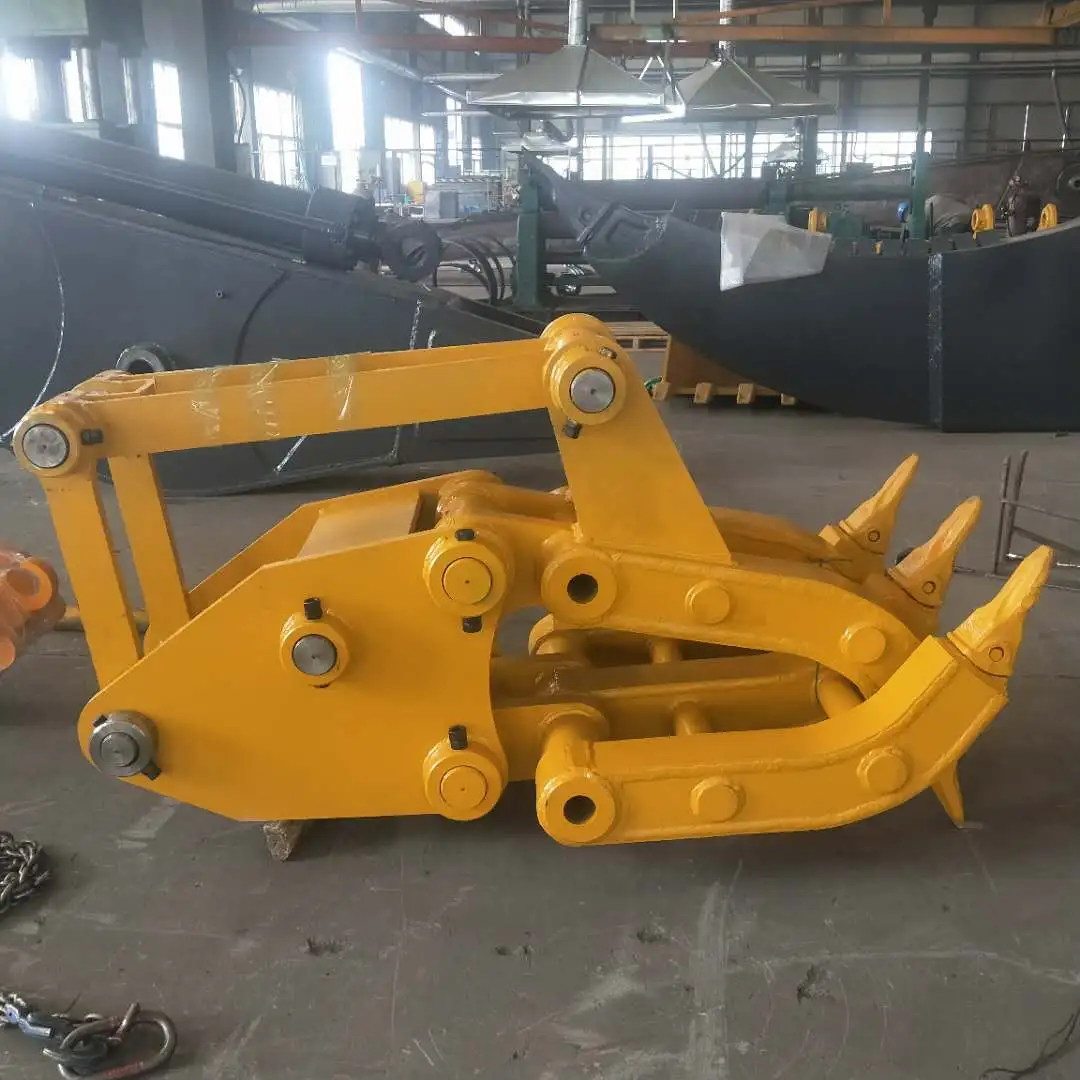
Reduced Manual Handling
The implementation of excavator grippers delivers compelling safety benefits through dramatic reductions in manual material handling requirements. Traditional construction methods often necessitate workers to physically guide materials during placement, positioning themselves in proximity to suspended loads and creating crush-point hazards between the load and adjacent structures. Gripper-equipped excavators eliminate these positioning requirements by providing precise control from the operator's cabin, removing workers from hazardous areas during material movement and placement.
Occupational health statistics demonstrate the significance of this improvement, with manual material handling injuries consistently ranking among the most common workplace incidents in construction and industrial operations. These injuries typically include back strains, crush injuries, and falls occurring during material guidance. Case studies of gripper implementation reveal incident rate reductions of 40-60% for material handling-related injuries following gripper adoption, representing significant improvements in worker safety and substantial reductions in workers' compensation costs.
Beyond acute injury prevention, grippers address long-term occupational health concerns related to cumulative trauma disorders resulting from repetitive lifting, pulling, and positioning tasks. By transferring these physical demands from human workers to hydraulic systems, grippers mitigate exposure to forces that contribute to chronic musculoskeletal conditions. This prevention aspect often remains undervalued in equipment selection decisions yet represents a substantial benefit both for workforce health and long-term operational costs related to disability and replacement training.
Increased Operator Control
The enhanced control afforded by excavator grippers substantially improves operational safety through multiple mechanisms. The positive mechanical grip maintained throughout the handling cycle eliminates the risk of unintended material release that can occur with bucket or fork attachments, particularly when handling irregular objects that might shift during transport. This secure handling prevents dropped loads—a primary cause of struck-by injuries that rank among the construction industry's "Fatal Four" accident categories identified by safety regulatory agencies.
Rotation capabilities integrated into modern grippers enable operators to adjust material orientation without repositioning the entire machine, reducing the equipment movement necessary to complete placement operations. This reduced movement directly correlates with decreased collision risks between the excavator and adjacent structures, vehicles, or personnel. The rotation function further enhances safety by allowing optimal positioning for visual inspection of placement areas before material release, improving situational awareness during critical operations.
The precision control offered by hydraulic grippers enables successful completion of material placement tasks in confined or complex environments that would otherwise require personnel access to hazardous locations. Applications such as trench pipe installation, placement between existing utilities, or positioning components in partially completed structures demonstrate this advantage. By keeping workers outside these confined spaces, grippers address environments accounting for a disproportionate percentage of construction fatalities due to cave-ins, struck-by incidents, and caught-between accidents.
FAQ
1. What hydraulic specifications are required for operating excavator grippers?
Most standard excavator grippers require auxiliary hydraulic circuits capable of delivering 15-30 gallons per minute at operating pressures between 3,000-4,500 PSI.
2. How do excavator grippers compare to traditional buckets in terms of operational effectiveness?
Productivity comparisons reveal that grippers typically increase throughput by 30-45% for demolition sorting operations compared to bucket-only methods that require multiple handling stages. For pipe installation tasks, grippers reduce placement times by 40-60% while simultaneously improving placement accuracy and joint alignment.
3. What maintenance requirements should be anticipated for excavator grippers?
Maintenance requirements for excavator grippers focus primarily on hydraulic system integrity, pivot point lubrication, and wear component replacement.
4. Can excavator grippers be used effectively for specialized applications like railway maintenance?
Railway maintenance operations represent an excellent application for specialized excavator grippers due to their precision handling capabilities and adaptability to unique railway components. Purpose-designed rail grippers incorporate jaw profiles specifically contoured to securely grasp track sections, ties, and other infrastructure components without damage. These specialized attachments enable efficient track replacement operations by simultaneously gripping multiple ties or precisely positioning rail sections at exact alignment specifications. Beyond standard track components, railway-specific grippers effectively handle ballast distribution, drainage management, and signal system installation tasks. The remote operation capability proves particularly valuable in railway applications with limited work windows, allowing rapid material placement without the multiple positioning attempts often required with less precise attachment methods. For railway operations considering gripper implementation, consultation with manufacturers experienced in rail applications ensures selection of appropriate jaw configurations and hydraulic specifications suited to specific maintenance requirements.
Excavator Gripper Supplier
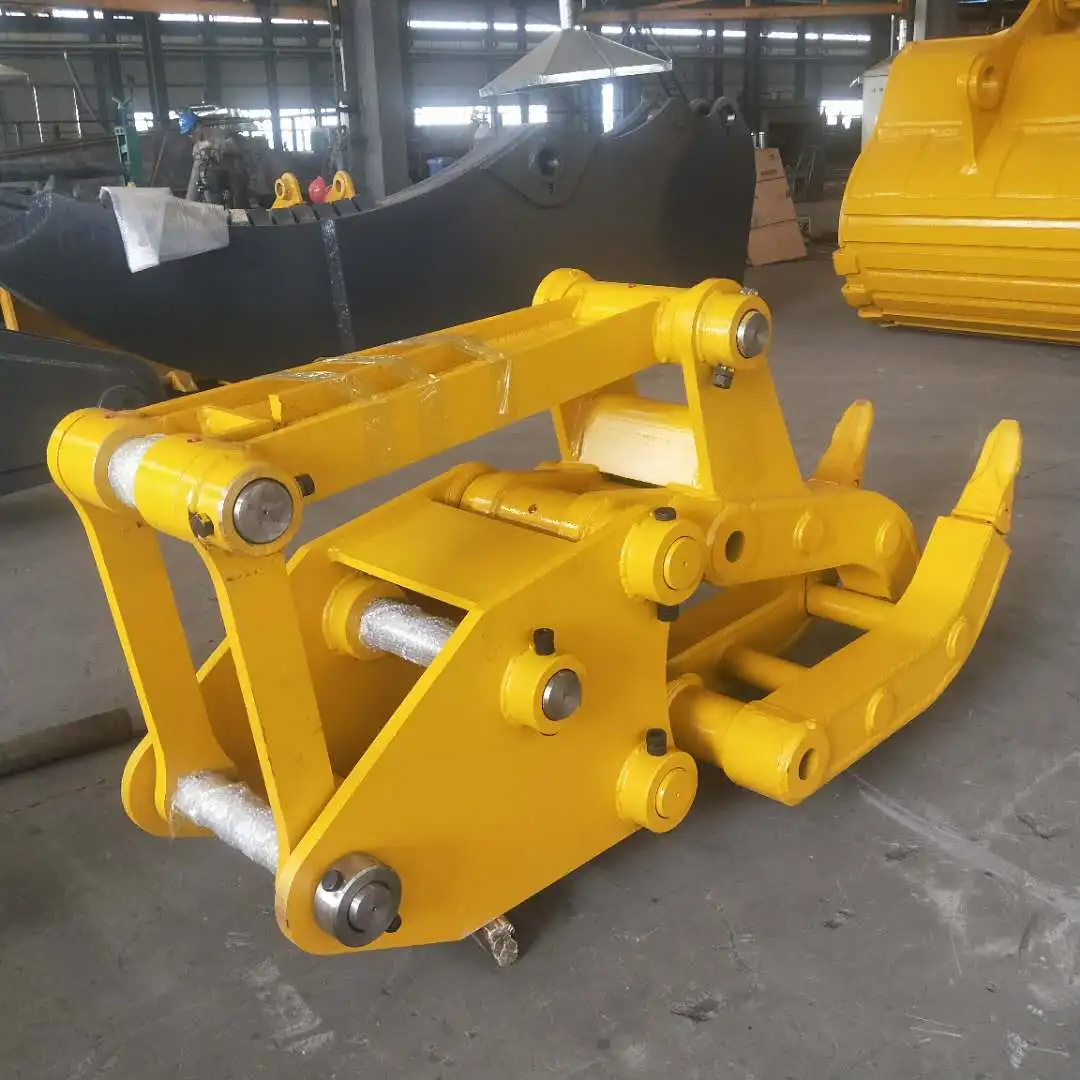
Transform your excavation projects with Tiannuo Machinery's state-of-the-art excavator gripper. Crafted with a high-strength steel clamp body for unmatched durability, our gripper features adjustable clamp teeth to tackle a variety of tasks. The hydraulic system, powered by a robust oil cylinder, ensures precise control through pressure oil, while the pipeline connects seamlessly to the control valve for flawless operation. Enhance your efficiency and productivity. Reach out to us at arm@stnd-machinery.com, rich@stnd-machinery.com, or tn@stnd-machinery.com to learn more and take the next step in your excavation journey.
References
Peterson, M. & Zhang, L. (2023). Comparative Analysis of Material Handling Methods in Modern Construction Applications. Journal of Construction Equipment Technology.
Construction Equipment Manufacturers Association. (2022). Performance Standards for Hydraulic Attachments in Heavy Construction Operations.
Williams, J. & Thompson, K. (2023). Safety Implications of Mechanized Material Handling in Construction and Demolition. Occupational Safety in Construction Review.
Nakamura, H. & Johnson, R. (2022). Precision Control Advancements in Hydraulic Attachment Technology. International Journal of Construction Machinery Development.
Railway Infrastructure Maintenance Association. (2023). Equipment Selection Guidelines for Track Maintenance Operations.
About Author: Arm
Arm is a leading expert in the field of specialized construction and railway maintenance equipment, working at Tiannuo Company.
YOU MAY LIKE
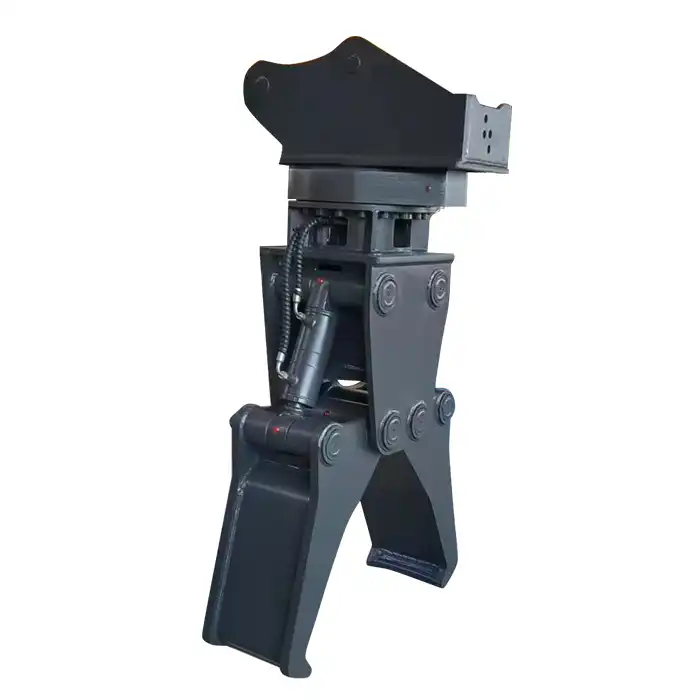 VIEW MOREExcavator Hydraulic Rail Clamp
VIEW MOREExcavator Hydraulic Rail Clamp VIEW MOREExcavator ballast cleaning hopper
VIEW MOREExcavator ballast cleaning hopper VIEW MORERail-Road Ballast Undercutter Excavator
VIEW MORERail-Road Ballast Undercutter Excavator VIEW MOREExcavator Grid Bucket
VIEW MOREExcavator Grid Bucket VIEW MOREExcavator Rock Arm
VIEW MOREExcavator Rock Arm VIEW MOREExcavator High Altitude Demolition Arm
VIEW MOREExcavator High Altitude Demolition Arm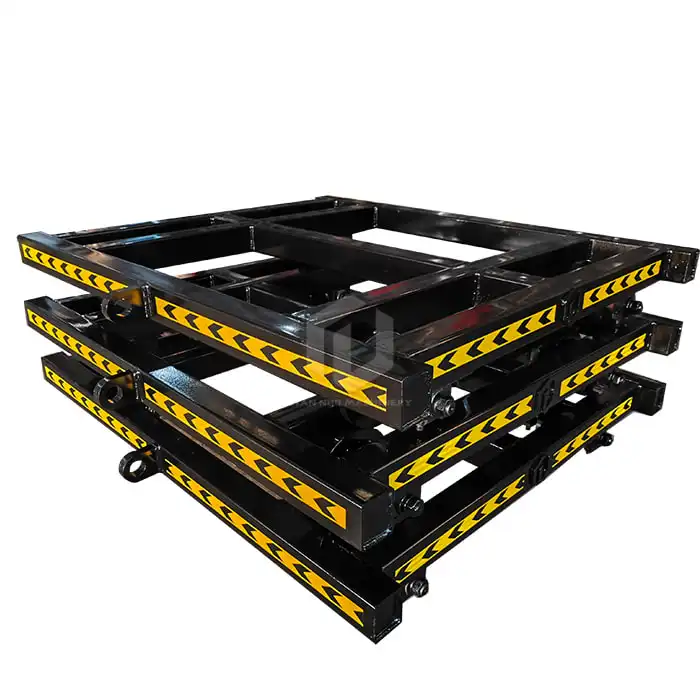 VIEW MORERail Track Trolley
VIEW MORERail Track Trolley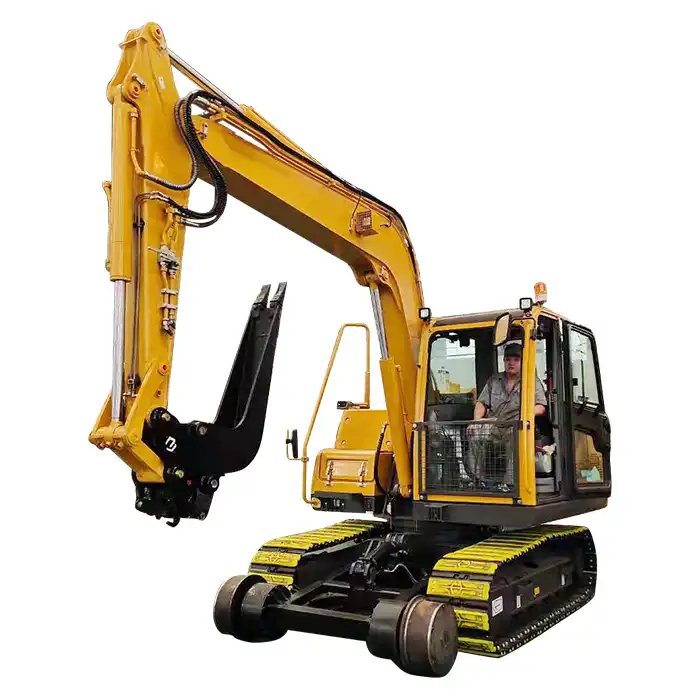 VIEW MORERailway Excavator Cleaning Bucket
VIEW MORERailway Excavator Cleaning Bucket

